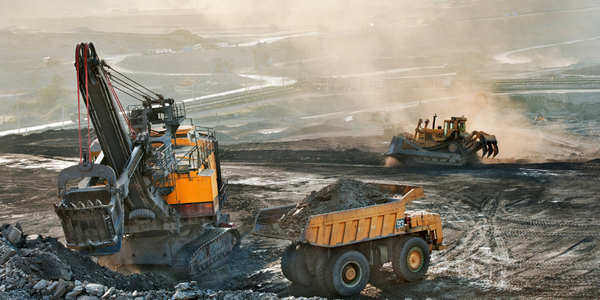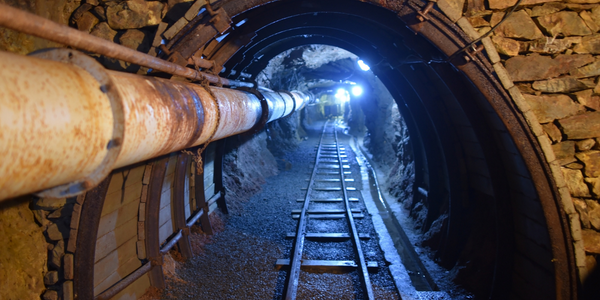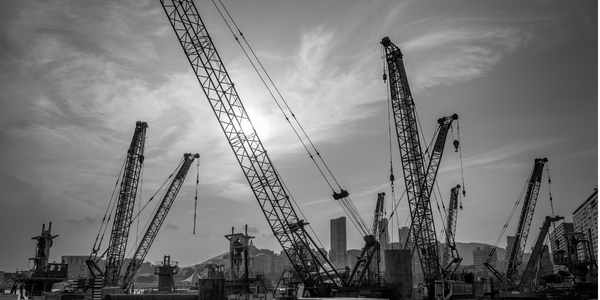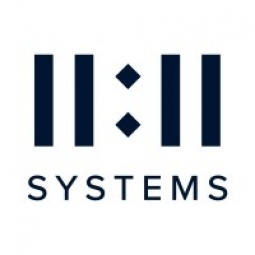Download PDF
Cloud-based ERP delivers visibility in a volatile market
Technology Category
- Infrastructure as a Service (IaaS) - Cloud Computing
- Functional Applications - Enterprise Resource Planning Systems (ERP)
Applicable Industries
- Mining
Applicable Functions
- Discrete Manufacturing
- Procurement
Use Cases
- Manufacturing System Automation
- Remote Asset Management
Services
- Cloud Planning, Design & Implementation Services
- System Integration
The Challenge
Procon, a North American mining contractor, was dealing with an aging ERP system that was no longer able to keep up with the demands of the business. The company had a large fleet of equipment to track and a workforce scattered across some of the most remote and inhospitable regions on the planet. With new ownership potentially pushing workload volumes and availability demands even higher, it was clear that it was time for a change. The company needed tighter cost control over projects and a more robust and reliable system to handle their operations.
About The Customer
Procon is a North American mining contractor that provides a range of start-to-finish mining services throughout the world. The company is based in Burnaby, British Columbia and is recognized as a global industry leader due to its ability to finance, build, and operate the most complex open pit and underground mining operations. Procon's operations are spread across some of the most far-flung and inhospitable regions on the planet, making it a challenging task to manage and track their large fleet of equipment and workforce.
The Solution
In response to the predicted upsurge in business, Procon decided to update to SAP and move to the cloud. They adopted 11:11 Cloud Services to upgrade and enhance their infrastructure. This solution provided Procon with a robust system that could handle their increasing workload volumes and availability demands. The cloud-based system allowed for automated time reporting and secure financial data flow straight from the field, providing Procon with greater insight into project costs. The automated processes led to more accurate data, reducing errors and the need for manual data handling.
Operational Impact
Quantitative Benefit
Related Case Studies.

Case Study
Underground Mining Safety
The goal was to produce a safety system to monitor and support underground mining operations; existing systems were either too simple (i.e. phone line) or overly complex and expensive, inhibiting deployment, and providing little-to-no support in event of an accident. Given the dangerous nature of the mining work environment and the strict regulations placed on the industry, the solution would have to comply with Mine Safety and Health Administration (MSHA) regulations. Yet the product needed to allow for simple deployment to truly be a groundbreaking solution - increasing miner safety and changing daily operations for the better.

Case Study
Mining Firm Quadruples Production, with Internet of Everything
Dundee Precious Metal’s flagship mine, in Chelopech, Bulgaria, produces a gold, copper, and silver concentrate set a goal to increase production by 30%. Dundee wanted to increase production quality and output without increasing headcount and resources, improve miner safety, and minimize cost.

Case Study
Fastenal Builds the Future of Manufacturing with MachineMetrics
Fastenal's objective was to better understand their machine downtime, utilization, quality issues, and to embrace cutting-edge manufacturing technology/process improvement capabilities to bring their team to the next level. However, there was a lack of real-time data, visualization, and actionable insights made this transition impossible.

Case Study
Joy Mining Systems
Joy equipment faces many challenges. The first is machine integration and control. The business end of the machine has a rapidly-spinning cylinder with 6-inch diamond-studded cutting teeth. It chews through rock at rates measured in tens of tons per minute. The system grinds through the rock in front, creating a rectangular mine tunnel. Hydraulic lifters support the ceiling as the machine moves forward. Automated drills and screws drive 3-ft long screws into the ceiling to stabilize it. The rock and coal fall into a set of gathering "fingers" below the cutting cylinder. These fingers scoop up the rock and coal and deposit it onto a conveyor belt. The conveyor passes under the machine and out the back. A train of conveyor belt cars, up to a mile long, follows the cutter into the mine. The rock shoots along this train at over 400 feet per minute until it empties into rail cars at the end. Current systems place an operator cage next to the cutter. Choking dust (potentially explosive), the risk of collapse and the proximity of metal and rock mayhem make the operator cage a hazardous location.

Case Study
Improved Monitoring in Industrial Manufacturing Facility
When your crane is moving tons of magma-hot iron, you can’t afford an unexpected failure. McWane Ductile knew monitoring the crane motor metrics within their facility could help prevent a mechanical failure that would strand an enormous bucket of molten metal overhead. Unfortunately, their legacy wired monitoring system couldn’t work with moving objects in this extreme environment. If they could integrate wireless capabilities into their existing equipment they could extend their monitoring capabilities without starting over from scratch.






